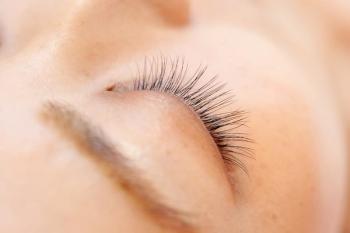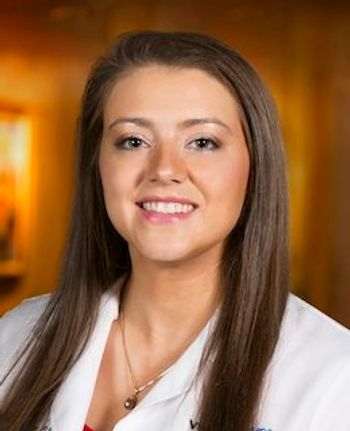
IPL treats rosacea and meibomian gland dysfunction
When ODs see the association between conditions, it can help patients understand treatment
What do rosacea and meibomian gland dysfunction (MGD) have in common? Apparently, a whole lot, according to Douglas Devries, OD, FAAO, in Sparks, NV. It turns out that a commonly used treatment for rosacea might be the hidden weapon ODs have been looking for in helping to
Dr. Devries discussed this innovative new way that ODs can manage the symptoms of MGD during Vision Expo West 2019 in Las Vegas.
Facts on MGD and rosacea
One in 10 people are affected by rosacea with over 80 percent of those patients having concomitant MGD, which results in
“There is a clear association between MGD and rosacea,” Dr. Devries says.
Rosacea is generally a cosmetic concern for patients, with little to no associated physical pain. MGD, on the other hand, is a known driver of discomfort-particularly for contact lens wearers.
MGD contributes to decreased contact lens wear and dropout overall-and many contact lens wearers never realize they have it, Dr. Devries says.
Traditional remedies for MGD as well as dry eye are focused on managing symptoms and preserving meibomian gland function. Therapies such as topical medication and manual lid stimulation are often used in conjunction with one another, but less explored is the potential of dry eye relief via light stimulation, specifically, intense pulsed light (IPL).
IPL basics
IPL uses a targeted, wide spectrum light that is separated by cut-off filters to provide localized treatment to the surface of the skin.
This approach is a common therapy in dermatological practice due to the way targeted light exposure helps improve the superficial appearance of the skin.
As it turns out, this outcome is what makes IPL an appealing option for both ODs and patients, too.
“There was tremendous interest in a therapeutic procedure that gave a cosmetic side effect,” Dr. Devries says.
Typically, patients opting for this treatment undergo several sessions of light therapy spaced several weeks apart. ODs guide the device along the patient’s face to carefully stimulate tissue and activate meibomian gland function.
“The algorithms within the device will tell you what cut-off filters to use for each patient’s skin type,” Dr. Devries says.
“I think meibomian gland imaging is one of the best things that you can do as a baseline for all of your contact lens patients,” Dr. Devries says.
But like all new therapies, ODs must work to manage patient expectations, going in.
Although IPL therapy is proving effective as an adjunct therapy for MGD, it still cannot restore atrophied meibomian glands.
However, it is a promising approach. Both ODs and patients seem satisfied.
“The acceptance has been tremendous-patients are very happy with the results,” Dr. Devries says.
Combining medical and aesthetic
Dr. Devries says that the cosmetic benefits are a key selling point for wary patients.
“It will take care of fine collagen,” he says.
Targeted light therapy can reduce or outright eliminate sun spots, age spots, and facial rosacea by stimulating collagen until it breaks down and is reabsorbed by the skin.
Although this is where the
“Unquestionably, the best results are conducting IPL and then performing thermal expression,” he says.
He also recommends that ODs suggest IPL by explaining the benefits in terms that make sense to the patient. Simple phrasing can completely change a patient’s perspective on the procedure, he says.
"A better
ODs can take this a step further. Explore meibography tools that provide detailed anatomical views of a patient’s eye, which can act as an important, visual call to action.
“I think this is an absolute necessity as ODs get more involved with providing intense pulsed light treatments,” he says.
Newsletter
Want more insights like this? Subscribe to Optometry Times and get clinical pearls and practice tips delivered straight to your inbox.


















































.png)


